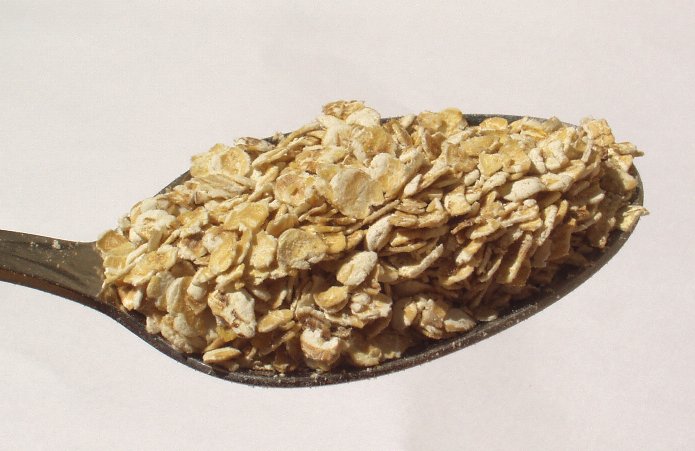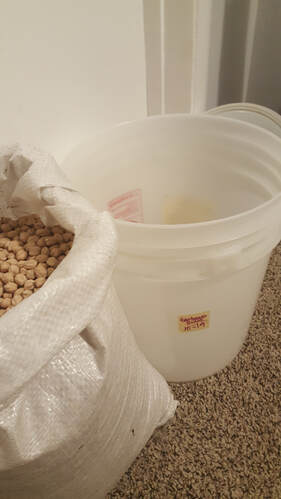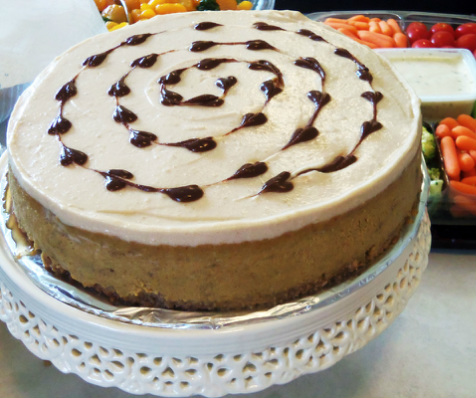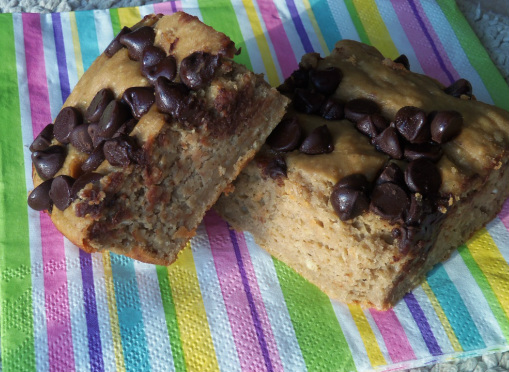About ten years ago, the Church had a pilot program called the Wooden Spoon Cooking School, designed to teach people how to use their basic food storage items. The segment on oats has lots of great recipes, including Craisin Oatmeal Cookies, Oatmeal Bread, Oatmeal Spice Cake with a coconut-nut topping, No-Bake Oatmeal Peanut Butter Cocoa Cookies, Oatmeal Pancake Mix, Granola Bars. See here.
Rolled oats, quick oats, oat groats, steel-cut oats, and oat flour are high in many vitamins and minerals, including zinc, vitamin E, beta-glucan, and B-vitamins. They also contain soluble fiber, which is a prebiotic (=sets up conditions for probiotics to thrive), reduces cholesterol, and improves regularity. They have a great balance of amino acids (proteins), including a good amount of lysine.
Oat groats are the whole kernels
Steel-cut, or Irish, oats, are coarsely chopped groats.
Rolled oats are regular oats are old-fashioned oats; they are groats that are steamed and flattened. They take 5 minutes to cook, and hold their shape and texture better. They are chewier in cookies. Use either one in recipes.
Quick oat or minute oats are groats that have been flattened more, and take 1 minute to cook.
Instant oats have been precooked. They have the least nutrients.
About 15 pounds of rolled or quick oats will fit in a 5-gallon bucket. How long do they store well? As always, this depends on your storage conditions. Overall, they store longer than flour, but much less than whole wheat kernels. In my cool, dark basement, oats stored in 2.5- and 5-gallon buckets- with no treatment to remove oxygen- are still completely fresh after 3-5 years. I’ve used some that were 10 years old; they’re distinctly less fresh, but are still usable. (Lightly toasting them in a pan or oven helps remove some staleness.) And if they’re stored oxygen-free in a can or bottle, they can stay fresh for 30 years or more.
The classic use is, of course, oatmeal. I’m sort of OK with oatmeal, but it’s not my favorite. Once a week is about all I want to handle. But—and this was a big thing for me—it turns out the texture makes all the difference. I’m not a fan of thick and gluey, but do like soft and billowy. The standard recipe says to use 1 part quick oats to 2 parts water, but that’s pretty thick. I like it much better when cooked with a 1:3 ratio- 1 part oats to 3 parts water or milk. Or orange juice. Or a mixture of the two.
Of course, there’s also overnight oatmeal in lots of flavors. Check out this list.
Substitute up to half of the flour in pancake, muffin, or quickbread recipes. Use 2 cups of oats in place of each cup of flour. (A recipe calling for 2 cups of flour could be changed to 1 cup flour and 2 cups of oats.) See here for some options.
Since oats don’t have gluten, you can only replace up to ¼ of the flour with oats in yeast bread recipes.
Add a handful of oats to soup or stew to thicken it.
Use in meatloaf or meatballs to make them more moist.
You can even toast rolled oats and bake them in a pie—Use a pecan pie recipe, and replace the pecans with oats. I’ve seen it called both “oatmeal pie” and “mock pecan pie.”
You can make your own granola or 'honey clusters of oats.'
Make Instant Oat Packets.
Use oats in a crust instead of graham cracker crumbs.
There’s a coconut-oat crust here:
Use a blender to make oat flour; there are suggestions for using it in this post.
One option is these gluten-free chocolate fudge banana muffins.
Stir into Healthy Peanut Butter Banana Bars.
Just-the-Best-Breakfast Cookies-- Two cookies are about the same nutritionally as one homemade, normal-sized muffin, and much better for you than commercially-made muffins.
Use in the topping for Apple Crisp.
What is your favorite way to use oats?










 RSS Feed
RSS Feed